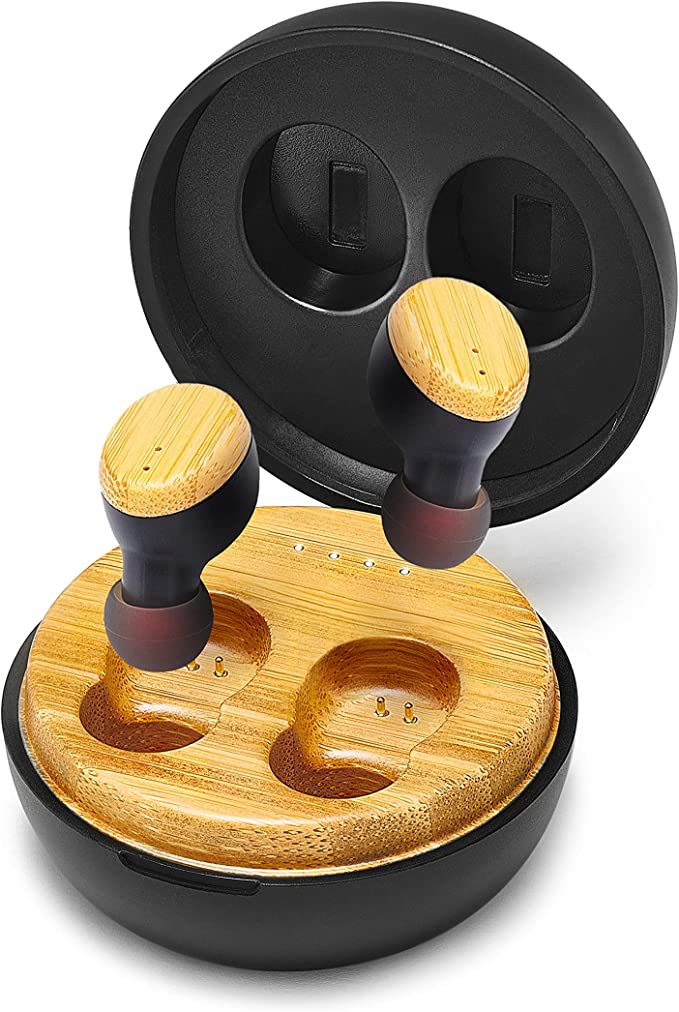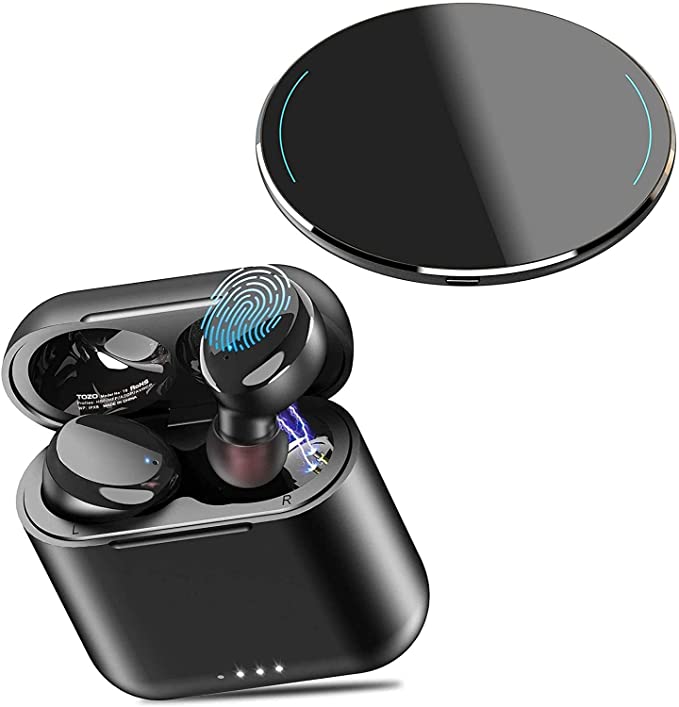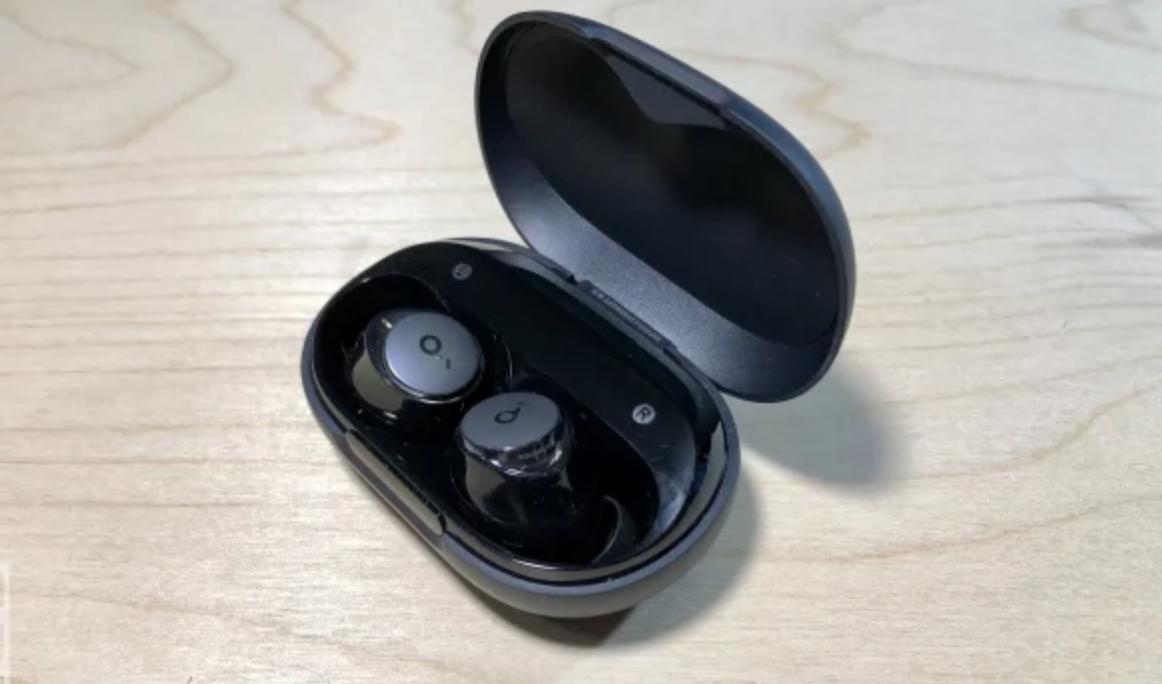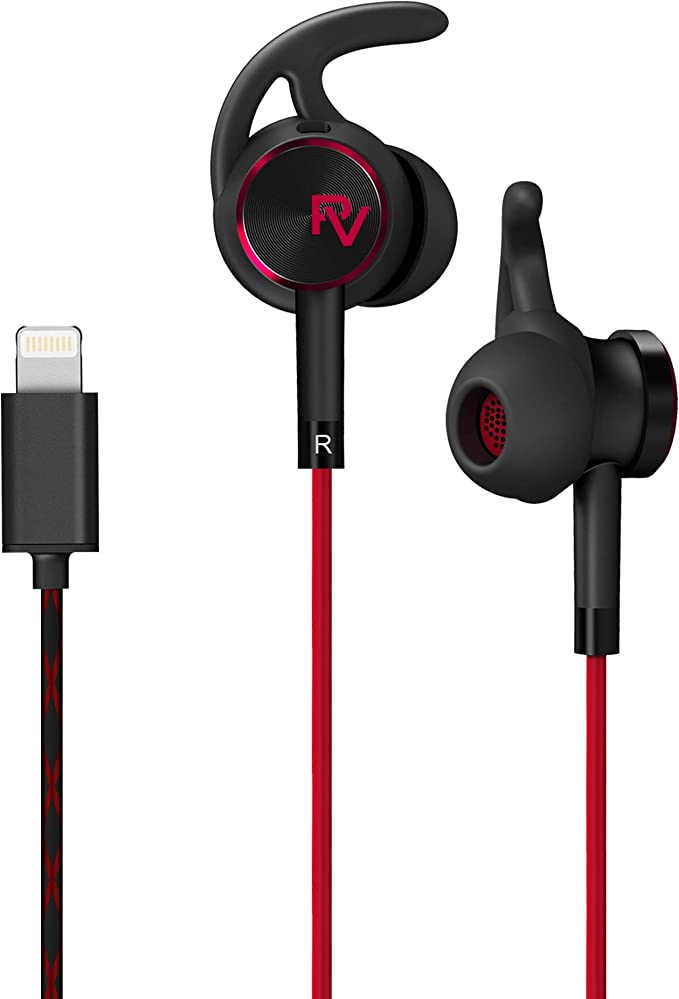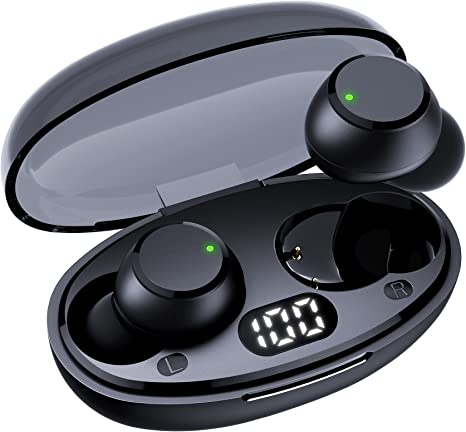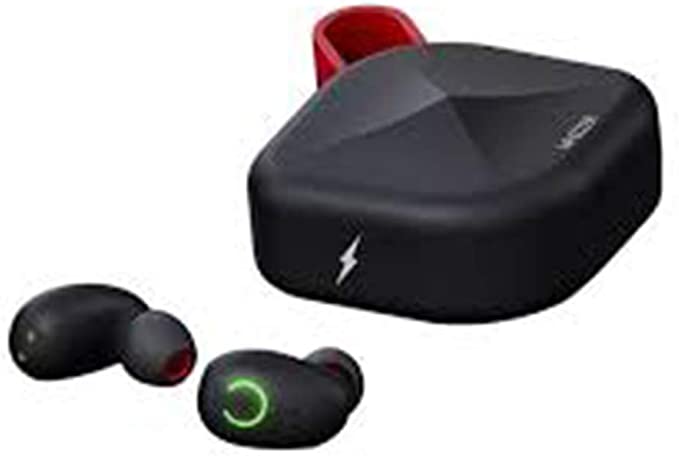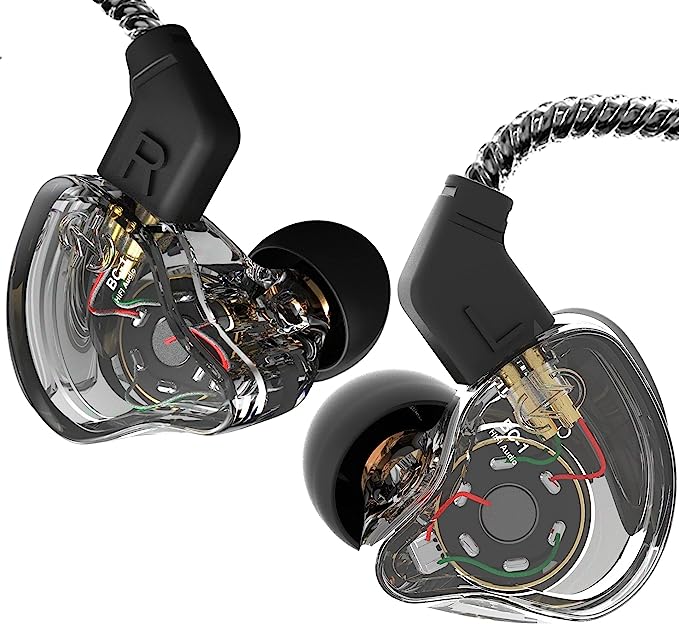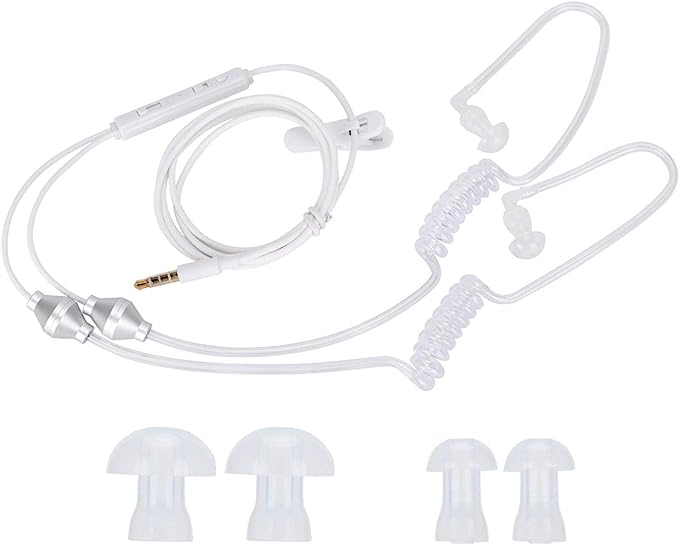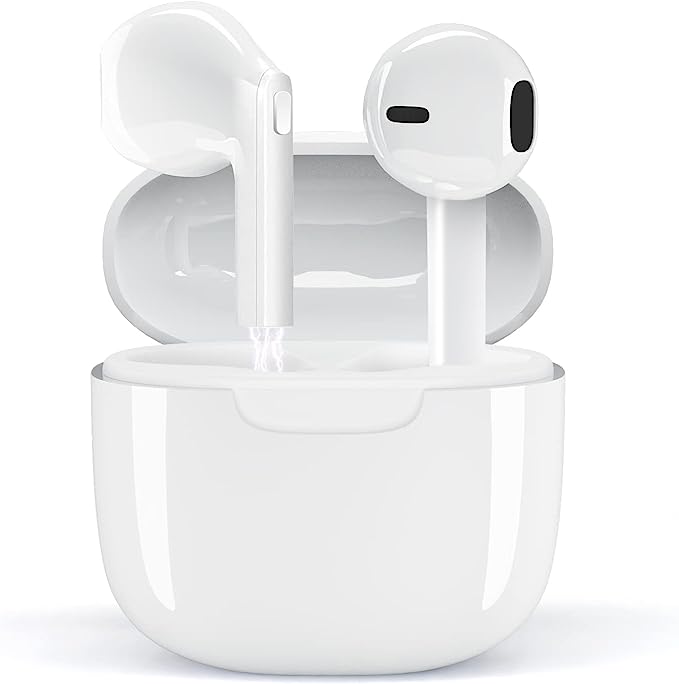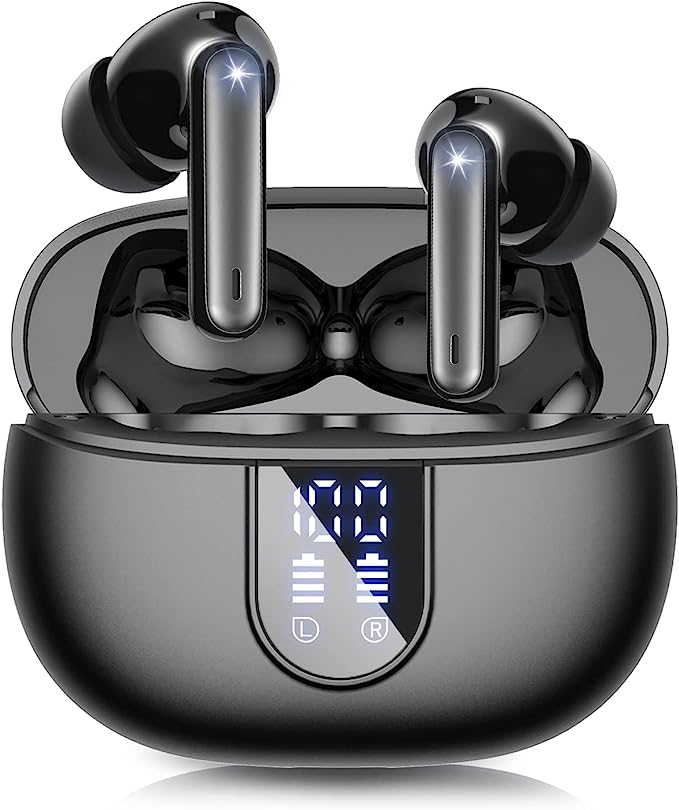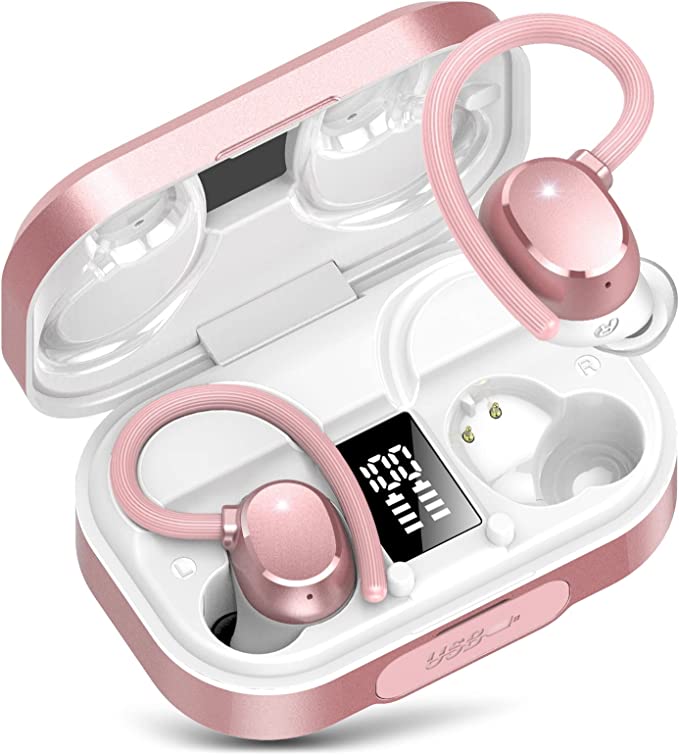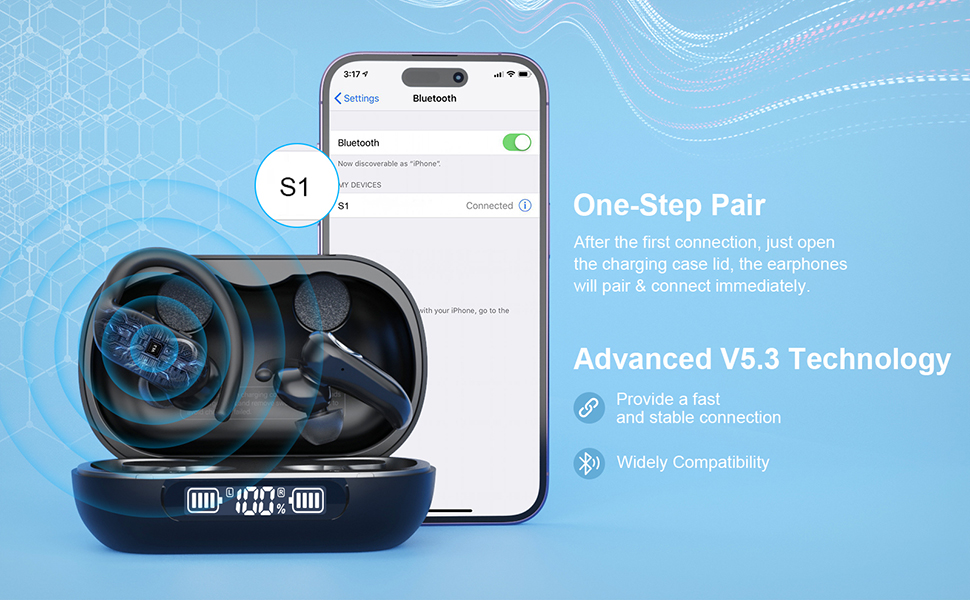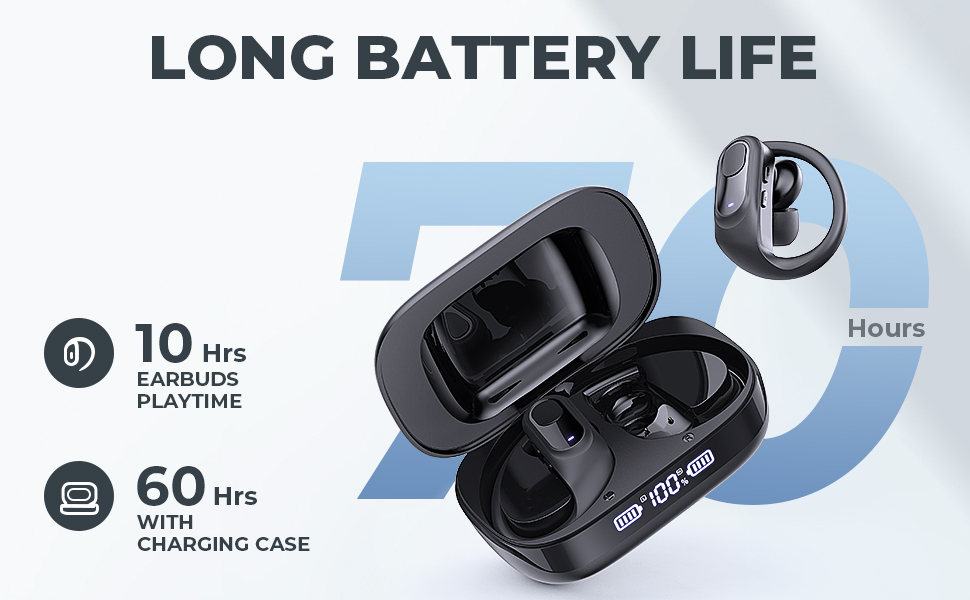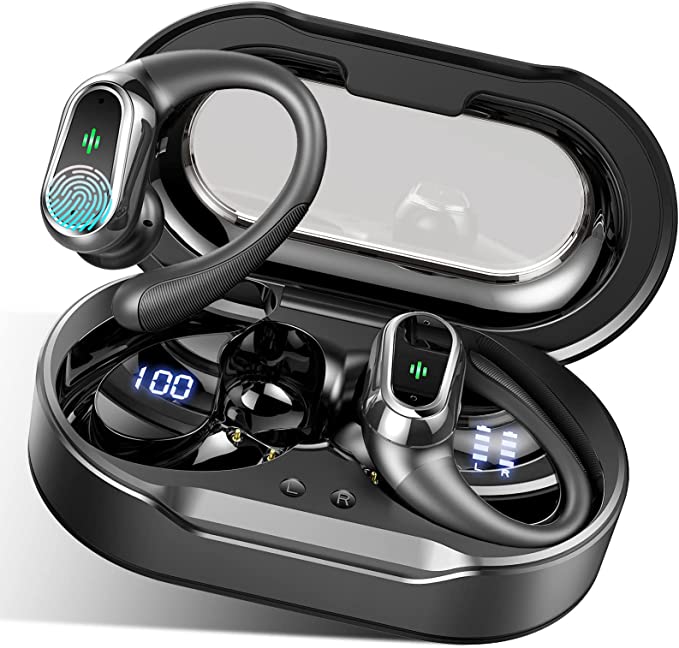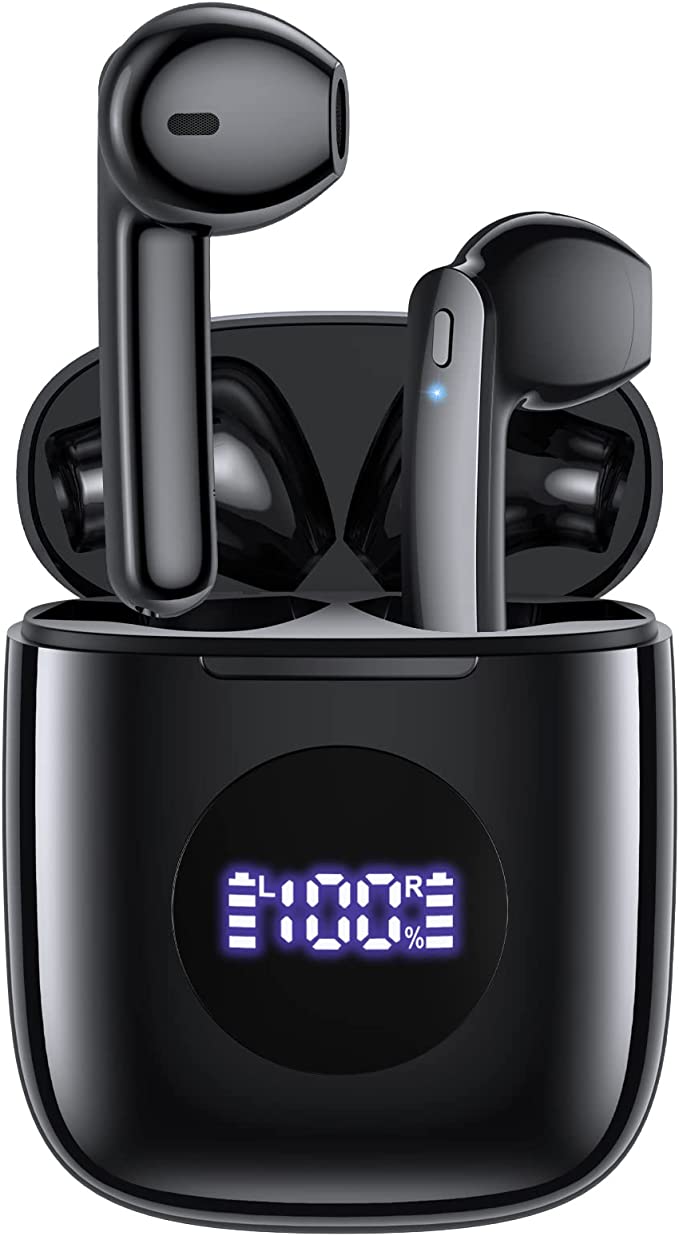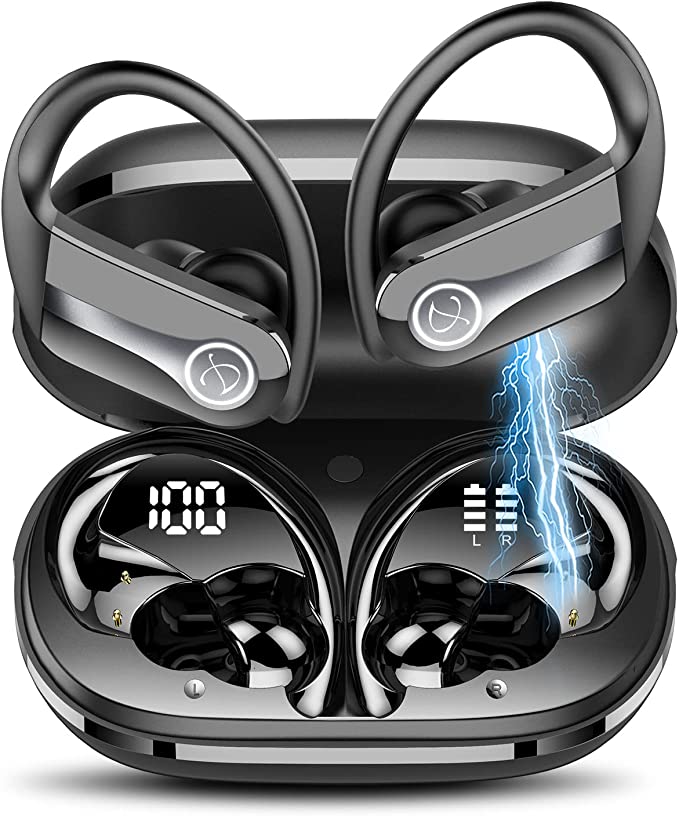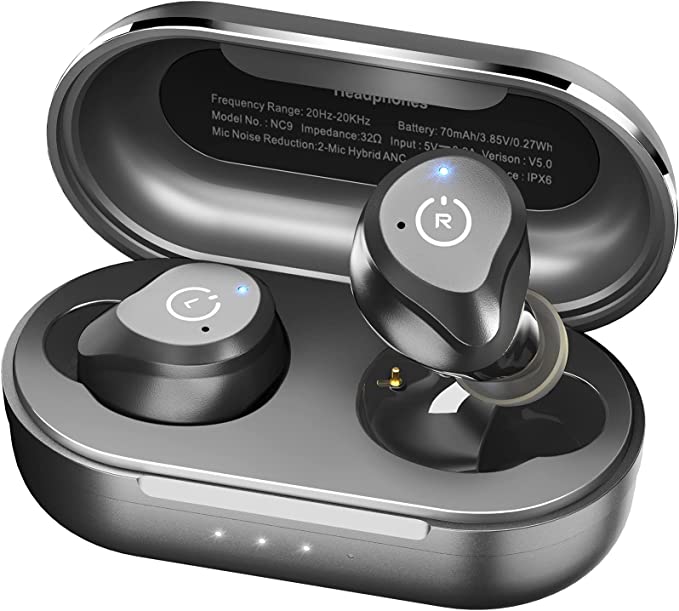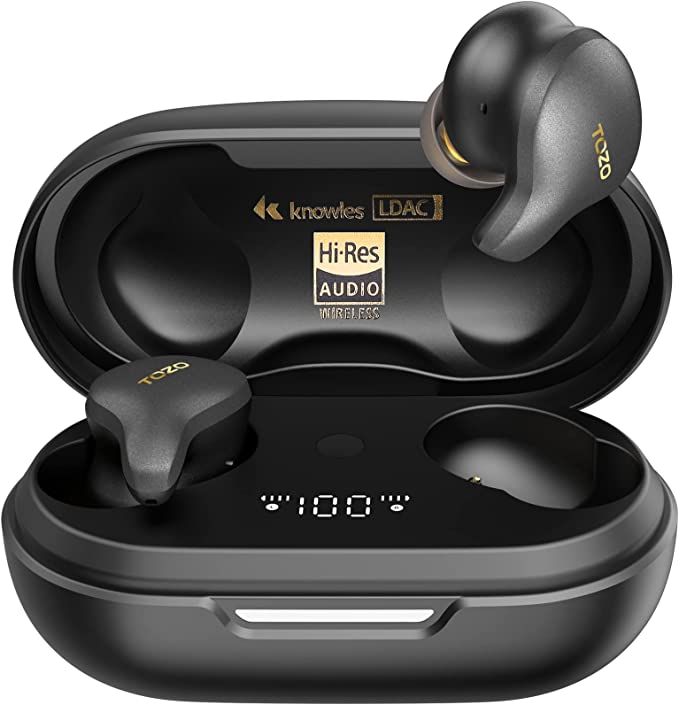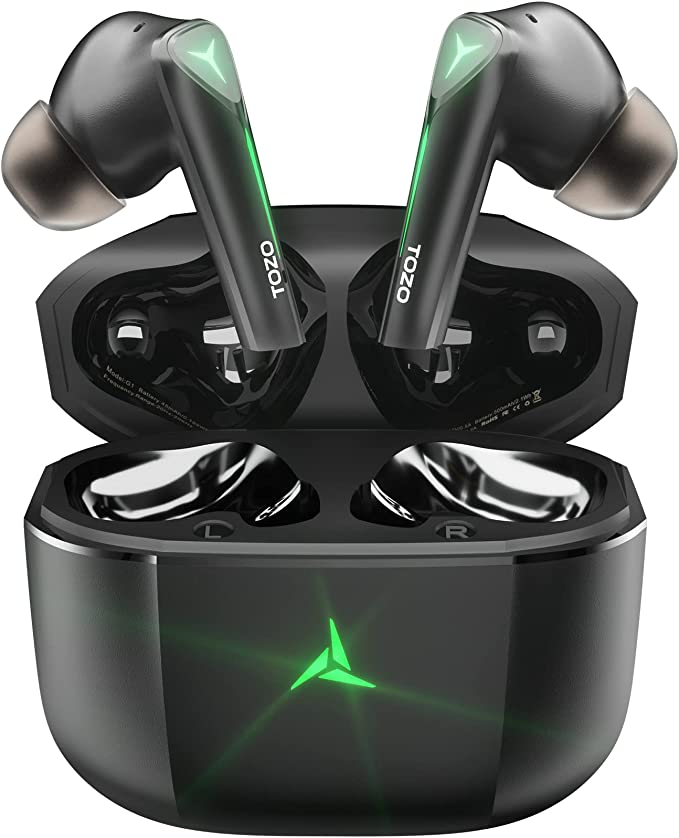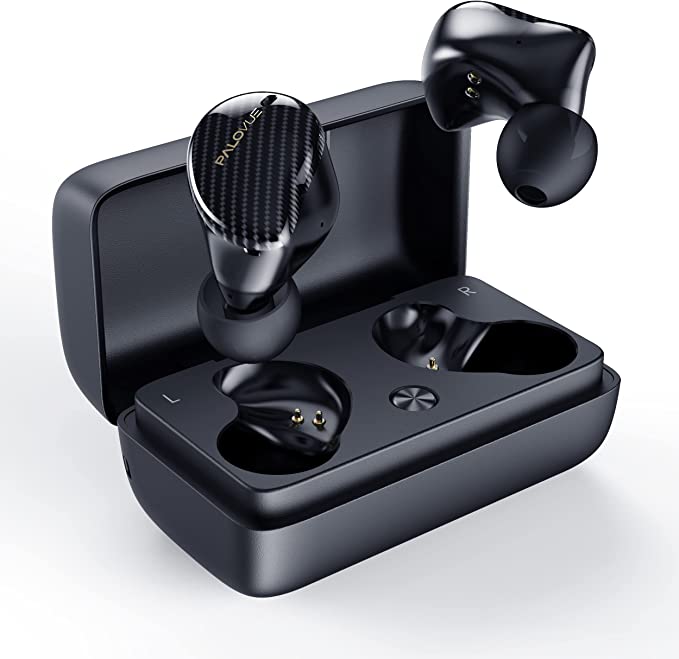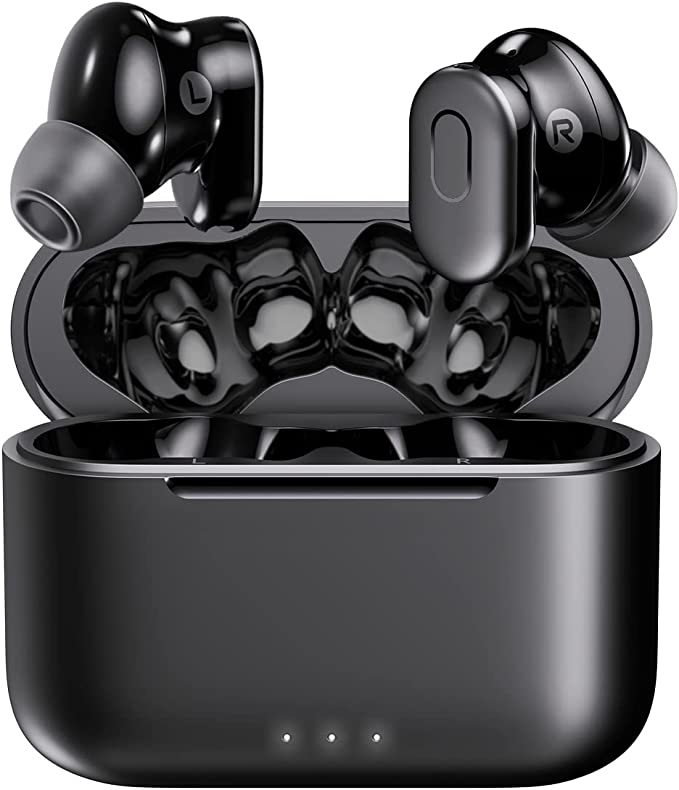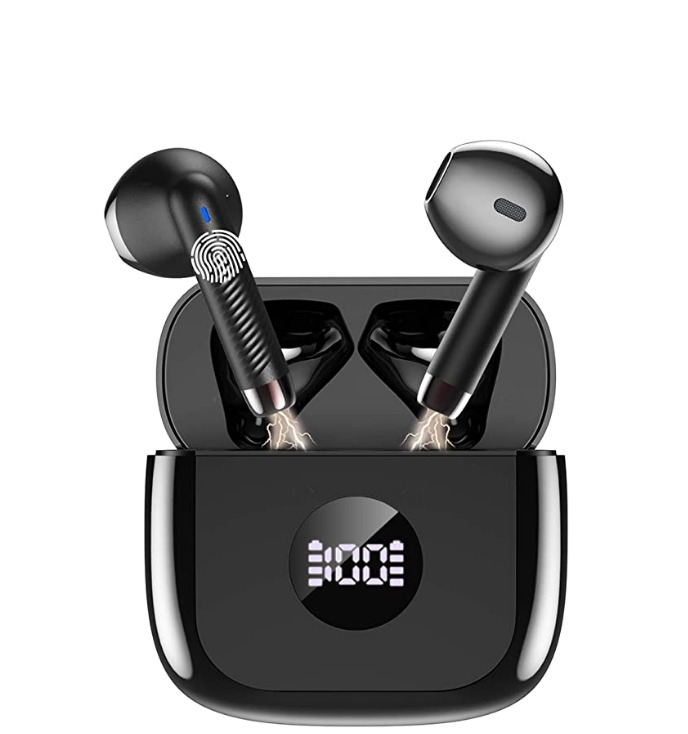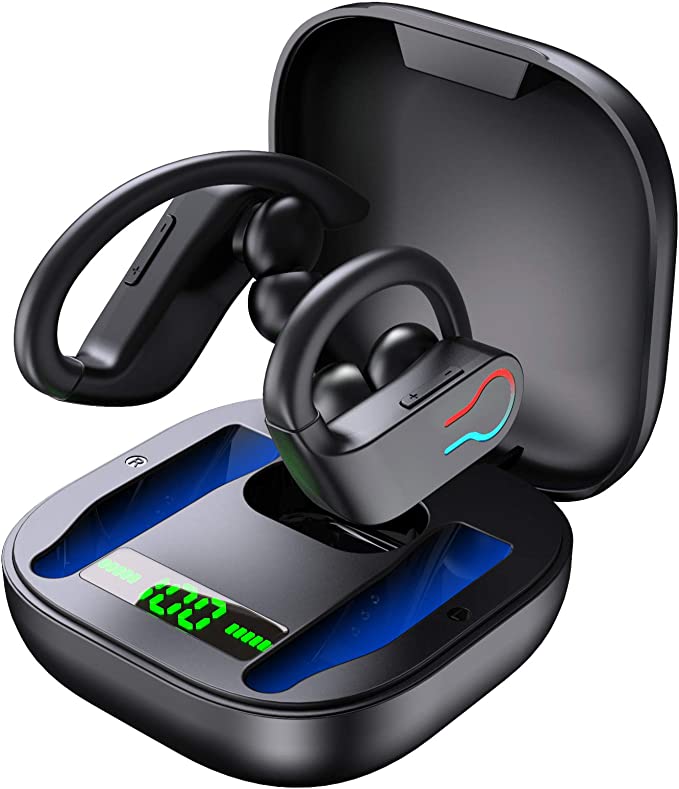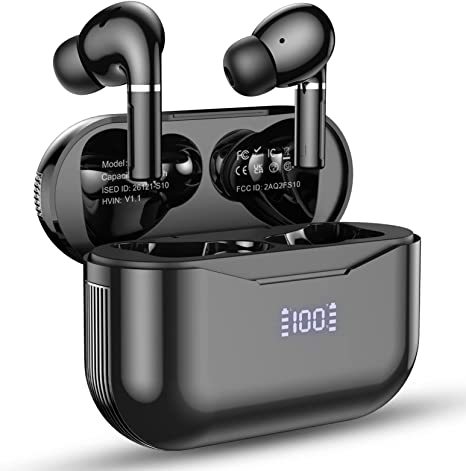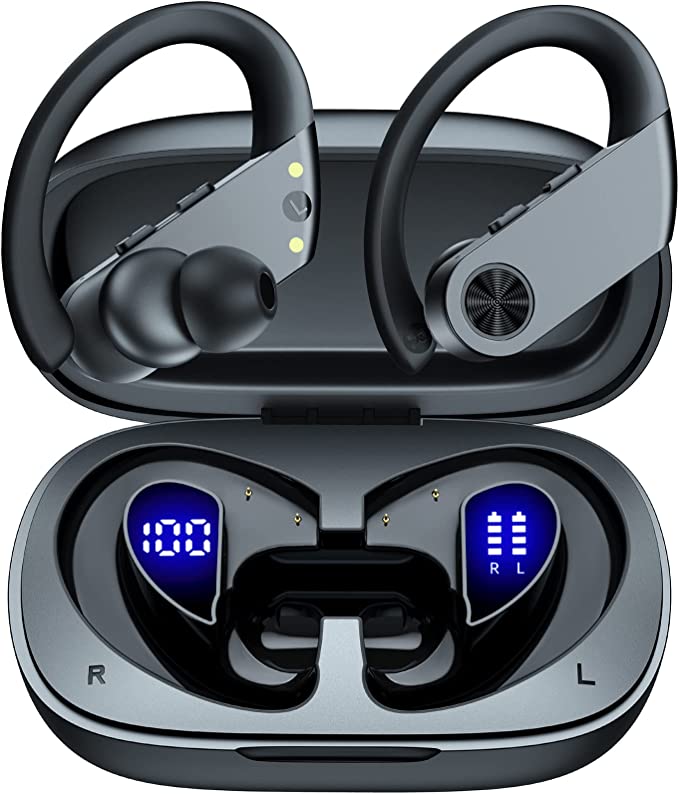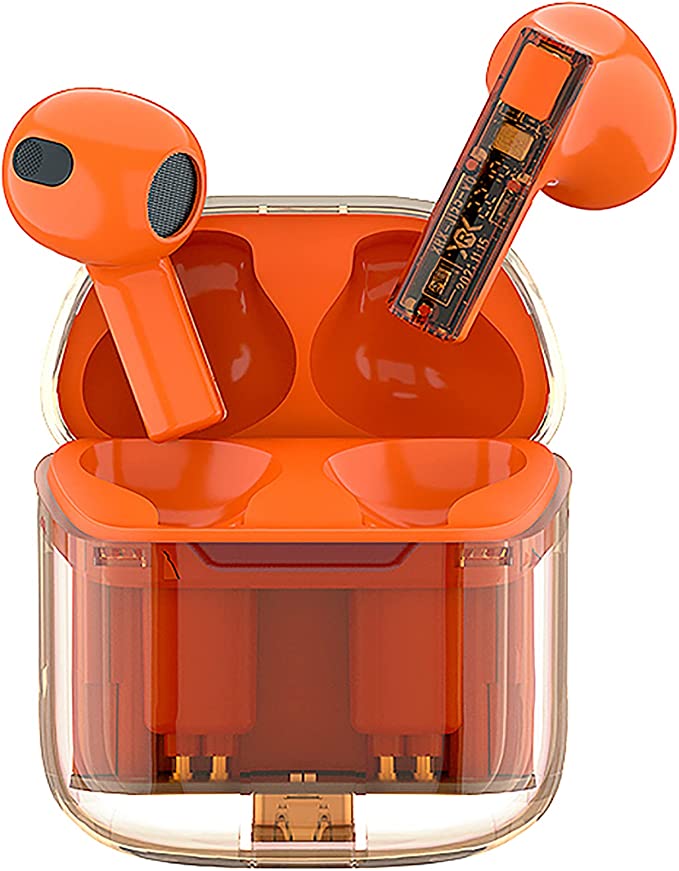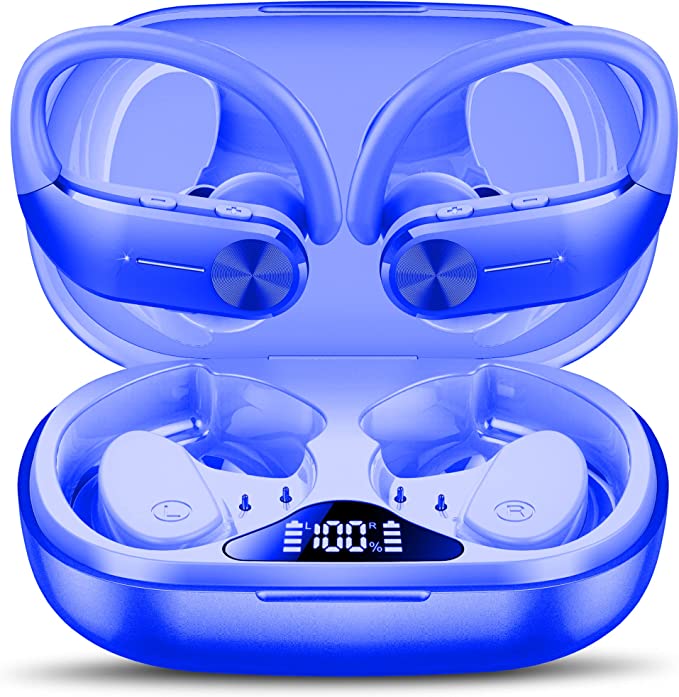PALOVUE EarSound Wireless Earbuds: Immersive Sound with Bluetooth 5.3
Update on Sept. 22, 2025, 1:42 p.m.
A journey through the hidden physics, psychoacoustics, and signal processing packed into the tiny gadgets that create our personal soundscapes.

There’s a quiet form of magic accessible to most of us today. With two small objects placed in our ears, we can instantly conjure a private concert hall, overlay a cinematic score onto a mundane commute, or pull the voice of a loved one across a continent, making it feel as if they’re whispering right beside us. We take this for granted, but these tiny conduits of sound are not magic. They are microcosms of immense scientific achievement—elegant little packages where physics, neuroscience, and information theory perform an intricate, invisible symphony.
To truly appreciate this modern marvel, we must follow the journey of a single song, from its silent, digital existence on your phone to the moment it becomes a physical vibration in your ear. It’s a journey across a chaotic void, through a process of artful translation, and against a constant barrage of noise.

The Leap Across the Air
Before a single note can be heard, it must first travel. This initial step is perhaps the most astonishing: the song must leap through the air, traversing the space between your pocket and your head without a physical wire. This is the realm of Bluetooth, and it’s less of a serene float and more of a brilliantly choreographed dance through a chaotic ballroom.
The air around us is saturated with invisible noise. It’s a tempest of 2.4 GHz radio waves—the same public frequency band used by Wi-Fi routers, microwave ovens, and countless other devices. For a tiny, low-power earbud to maintain a clear, uninterrupted connection in this environment is a monumental challenge. To do this, it employs a technique called Frequency-Hopping Spread Spectrum (FHSS).
Imagine trying to have a conversation in a deafeningly loud ballroom. You wouldn’t just stand in one spot and shout. Instead, you and your partner might dart from one slightly quieter corner to another, catching snippets of conversation at each stop. This is precisely what Bluetooth does. It rapidly hops between 79 different channels within the 2.4 GHz band, changing its frequency up to 1600 times per second. It’s a frantic, constant search for clarity. Modern standards, such as the Bluetooth 5.3 found in devices like the PALOVUE EarSound, have refined this dance, making it more energy-efficient and better at predicting which corner of the ballroom will be quietest next. This isn’t just a stronger signal; it’s a smarter one, ensuring the musical data arrives intact.

The Artful Translation
Once the data completes its aerial journey, it faces a new challenge. The raw, uncompressed data of a high-fidelity song is enormous. Pushing that much information through the narrow pipeline of a Bluetooth connection in real-time is impractical. This is where the process becomes less about physics and more about a fascinating intersection of computer science and neuroscience: psychoacoustics.
The data must be compressed, but not all compression is equal. This is where audio codecs—the translators of sound—come into play. The most advanced codecs, like AAC (Advanced Audio Coding), don’t just crudely shrink the file. They shrink it intelligently, by understanding the quirks and limitations of human hearing.
This is the art of Auditory Masking. Your brain is constantly filtering your auditory reality. A loud sound, like a cymbal crash, will completely drown out a quieter, nearby sound, like the soft decay of a guitar note. Your brain simply doesn’t process the quieter sound; it’s masked. Psychoacoustic codecs are trained on this principle. They are like master artists who know exactly which details in a painting can be left out because the viewer’s eye will be drawn elsewhere. The codec analyzes the music and strategically discards the data for sounds it knows you wouldn’t have been able to hear anyway.
The result is a file that is significantly smaller but, to our ears, sounds almost identical to the original. It’s a brilliant deception. When a device supports both a universal codec like SBC and a more advanced one like AAC, it’s giving you the option of a basic translator or a master linguist who can convey the same story with far more elegance and efficiency.

Sculpting a Whisper from the Whirlwind
The symphony of an earbud isn’t just about playing music; it’s about managing the world of sound around you, especially when you’re on a call. Trying to isolate your voice from the cacophony of a busy street is a profound signal-processing challenge. The solution is found in a principle called beamforming.
If you have two ears, you can close your eyes and still point to where a sound is coming from. Your brain calculates the minuscule difference in the time it takes for the sound wave to reach each ear and uses that to triangulate the source. Modern earbuds, many of which now feature at least two microphones, do the exact same thing, but with mathematics.

This microphone array constantly listens. When you speak, your voice reaches the microphone closest to your mouth fractionally earlier than it reaches the outer one. An onboard processor analyzes this phase difference and instantly identifies the direction of your voice. It then creates a “beam” of focused listening, amplifying all sounds coming from that specific direction while actively suppressing sounds from others. It’s a process of constructive and destructive interference—the sound waves of your voice are added together, while the random sound waves of the surrounding noise are cancelled out.
Furthermore, many systems now add a layer of artificial intelligence. These neural networks are trained on thousands of hours of speech and noise. They don’t just rely on physics; they have learned what a human voice sounds like. They can distinguish the unique cadence and frequency patterns of speech from the rumble of a bus, allowing them to act like a trained security guard, letting your voice through the gate while holding the noise back.

The Human Interface
Finally, all this incredible technology must interface with its destination: the complex, unique, and sensitive structure of the human ear. This is where engineering must yield to biology.
An earbud that sounds perfect but causes discomfort is a failure. The field of ergonomics tackles this challenge. An earbud’s shape is designed to rest securely in the concha, the outer bowl of the ear, while being incredibly light. A weight of just 4 grams, for instance, is chosen to minimize pressure and fatigue over hours of use. But the most critical point of contact is the eartip, which enters the ear canal. Because every person’s ear canal is different, a single size cannot work. Providing multiple sizes of silicone eartips isn’t a minor accessory; it’s a crucial component for creating a proper acoustic seal. This seal does two things: it physically blocks out external noise, and it creates a tiny chamber in which the bass frequencies can resonate properly, dramatically improving sound quality.

And what about durability in our unpredictable world? This is governed by international standards, such as the Ingress Protection (IP) rating. An IPX5 rating, for example, is not a vague marketing term. It is a precise certification (from IEC 60529) that the device can withstand a sustained, low-pressure jet of water from any direction, specifically from a 6.3mm nozzle at 12.5 liters per minute for at least three minutes. It’s a guarantee against sweat and rain, a testament to meticulous engineering designed to survive the rigors of daily life.

From the clever dance of radio waves to the psychoacoustic artistry of a codec, from the wave-cancelling physics of microphone arrays to the biomechanics of a perfect fit, the wireless earbud is far more than a simple gadget. It’s a pocket-sized testament to human ingenuity, a device that allows us to curate our own reality, one invisible symphony at a time. And as the technology continues to evolve with standards like LE Audio promising even greater efficiency and shared experiences, one thing is certain: the magic is only just beginning.
